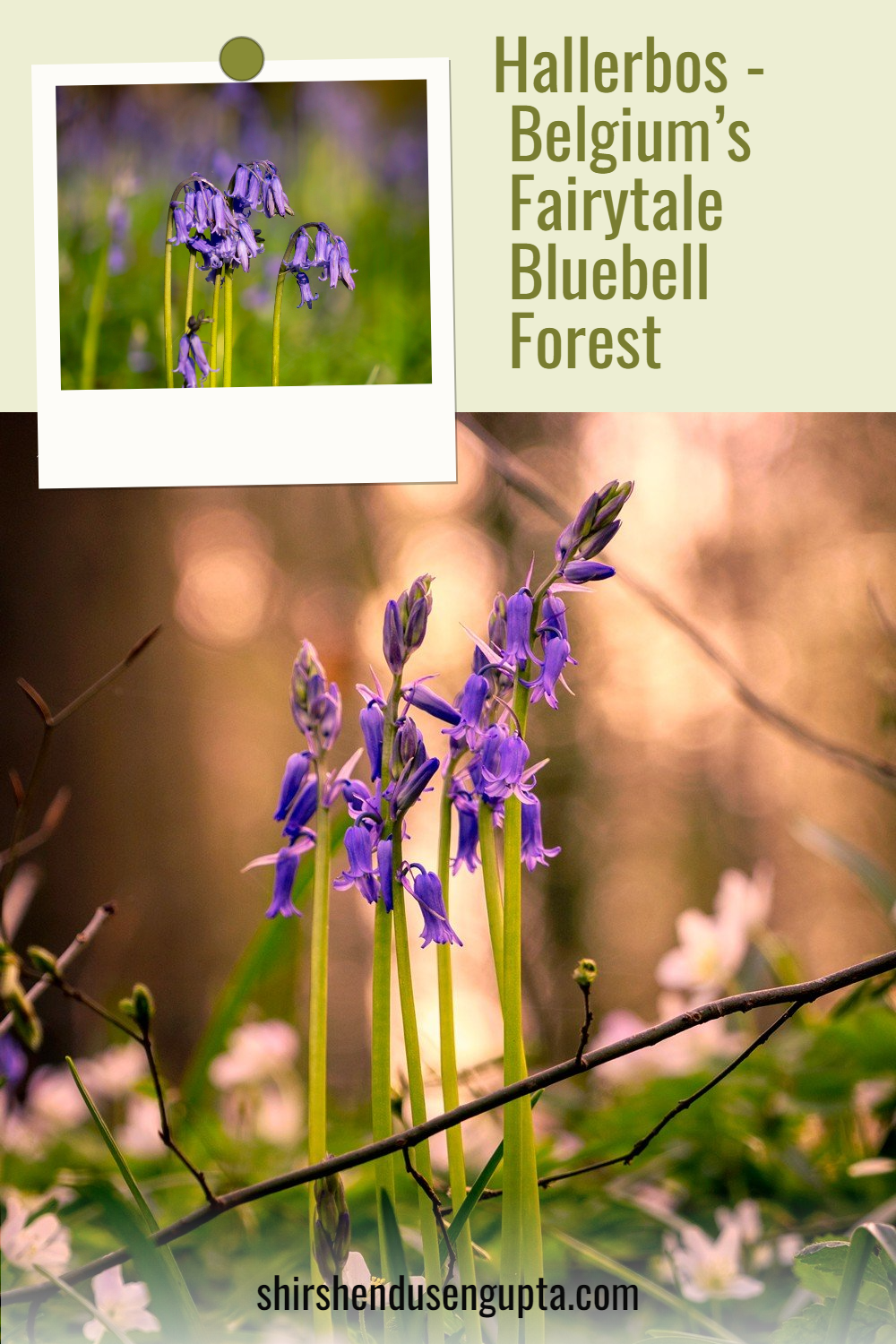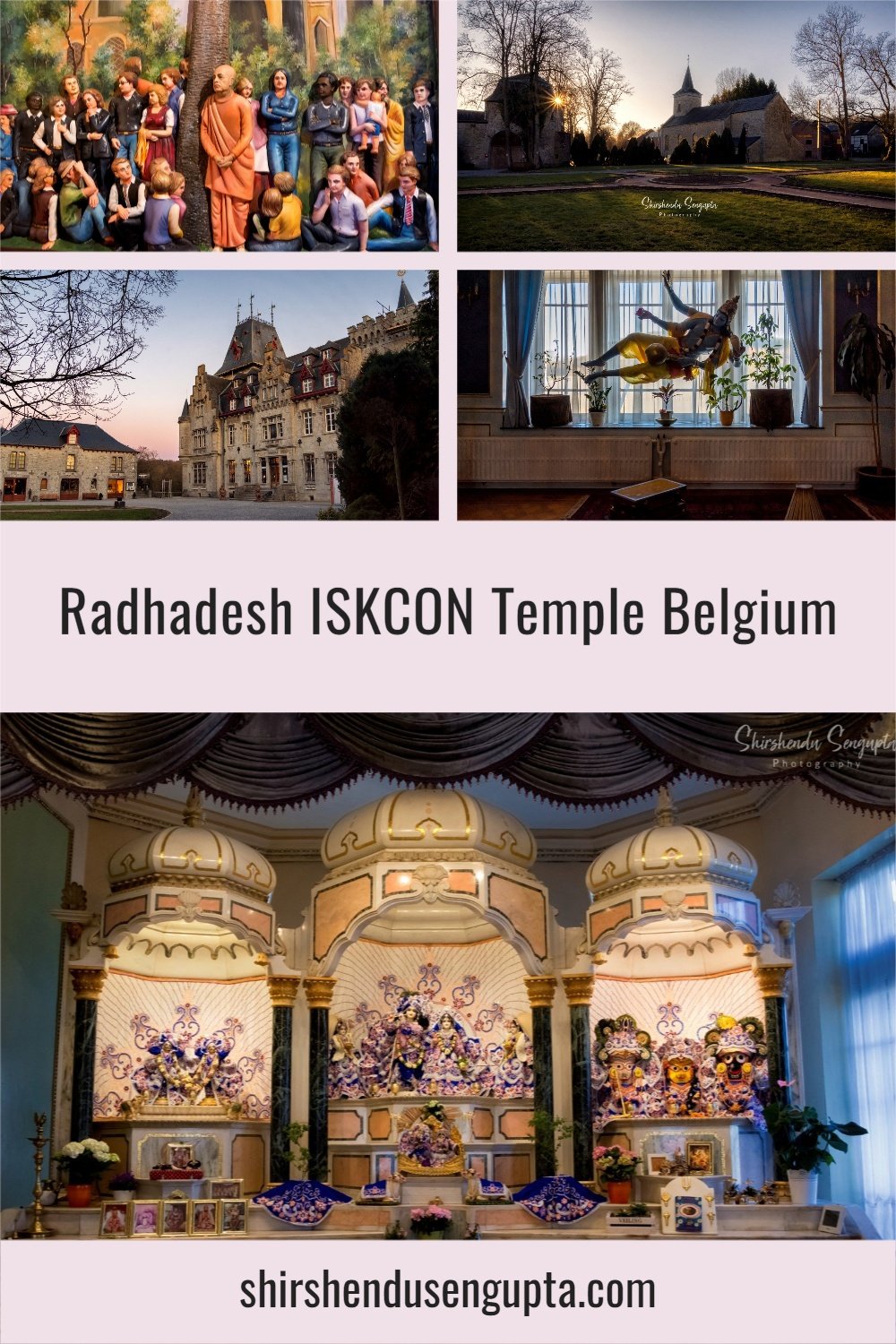Belgium Travel
The Kingdom of Belgium is one of Western Europe's smallest and most densely populated countries. It is a parliamentary constitutional monarchy. Following the 1830 Belgian Revolution, when it seceded from the Netherlands (which itself had only existed since 1815), the country as it exists today was born. Today, it is divided into three autonomous regions, namely, the Flemish Region (Flanders) in the north, the Walloon Region (Wallonia) in the south, and the Brussels-Capital Region, and two linguistic communities, namely, the Dutch-speaking Flemish Community, which constitutes roughly 60% of the population, and the French-speaking Community, which constitutes roughly 40% of the population. Belgium's complicated governance system, which is made up of six independent governments, reflects the country's linguistic variety and fragmented political orientation.
Belgium is one of the European Union's six founding countries, and its capital, Brussels, is home to the European Commission, the Council of the European Union, and the European Council, as well as one of two European Parliament seats (the other being Strasbourg). Belgium is a founding member of the Eurozone, NATO, OECD, World Trade Organization, Benelux Union, and the Schengen Area. Many significant international organizations, such as NATO, have their headquarters in Brussels. Belgians live in a developed country with a high-income economy. It boasts very high living standards, quality of life, healthcare, and education, and the Human Development Index classifies it as "very high." It is also one of the world's safest and most peaceful countries.
Through this series of articles, I intend to share our stories and experiences of traveling across Belgium with our fellow photography and travel enthusiasts. I hope they help you plan your travels across this beautiful country!




The nostalgic Hergé Museum, housed in an inventive building in the small town of Louvain-la-Neuve in the French-speaking Wallonia region of Belgium, about 20 km southeast of Brussels, celebrates Georges Remi (1907–1983), alias Herge, the multitalented creator of comic-strip hero Tintin with an engaging, and extensive exhibition. It is a site that serves as both a shrine to avid Tintinologists like us and an appropriately artistic tribute to one of Belgium’s greatest creative personalities. So let’s explore it together!